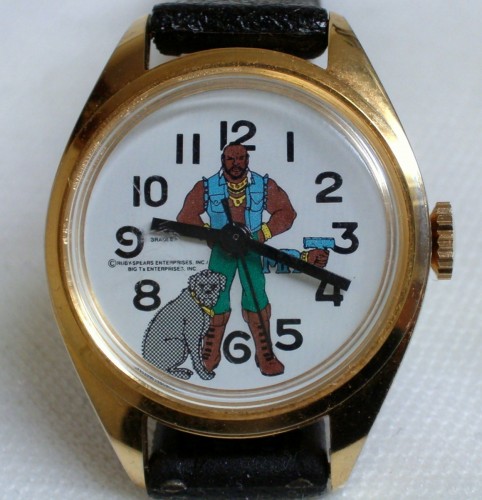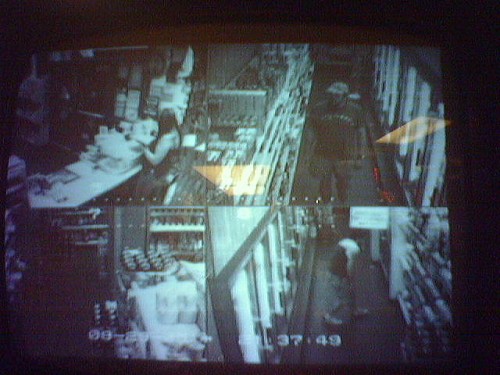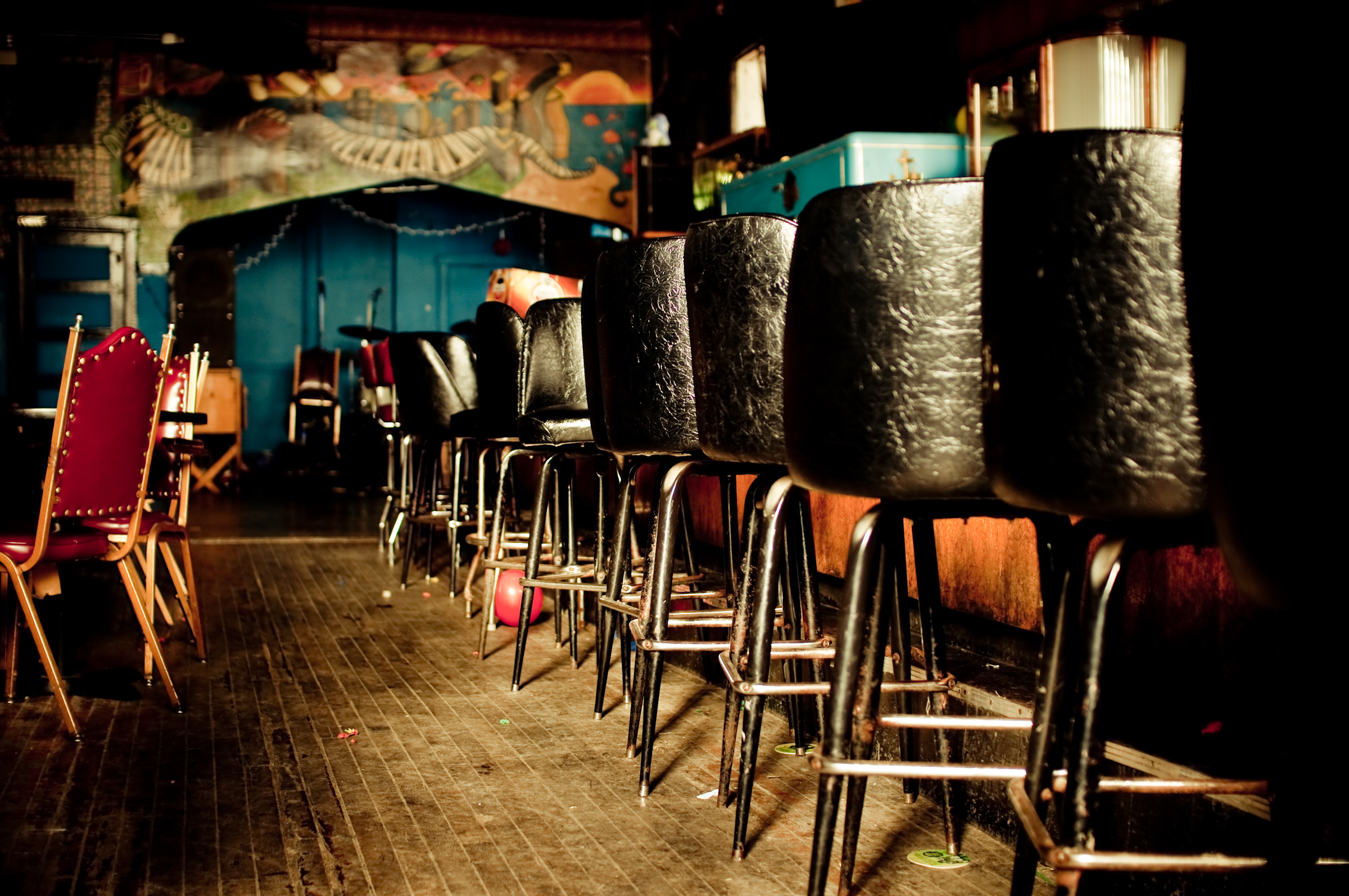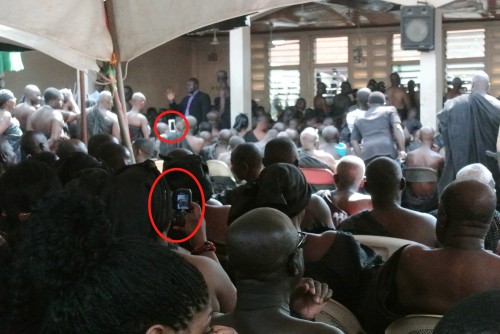
Paul Budnitz describes himself as a “serial entrepreneur” having created other companies that make artisanal toys and luxury bicycles. This is not the typical road bike most people have. He’s also the creator/founder/president/charismatic leader of Ello. And when a social network launches with a manifesto that proudly proclaims “You are not a product”, there’s more on the line than embedded video support. Despite the radical overtures of the initial launch, we shouldn’t expect any more from Ello than we would from a luxury bicycle. more...









